Cloning horses
Go to the latest news about cloning horses
 As little as 15 years ago the idea of cloning horses was met with scepticism and disbelief by the equestrian industry, but this controversial science has come a long way since the arrival of Dolly the sheep on 5 July 1996.
As little as 15 years ago the idea of cloning horses was met with scepticism and disbelief by the equestrian industry, but this controversial science has come a long way since the arrival of Dolly the sheep on 5 July 1996.
The first equine clone, a male mule named Idaho Gem, was born in Idaho, America on 4 May 2003. The birth was described as “a milestone in equine genetics and breeding”.
The first cloned foal to be born was Prometea, a Haflinger (pictured top right), who arrived on 28 May 2003 in Italy. On 24 February 2005, the same team of scientists were responsible for the birth of Pieraz-Cryozootech-Stallion, a clone of the international endurance champion gelding, Pieraz.
Initally the FEI said cloning went “against its objective, to enable FEI athletes to compete in international events under fair and even conditions”. But in 2012 horse sport’s international governing body announced it would “not forbid participation of clones or their progenies”, opening up equestrian sport to this opportunity.
Typically cloning is undertaken in order to continue the bloodlines of successful geldings, whose semen was not stored prior to castration taking place. Among the superstar horses to have been cloned to date are world cup-winning showjumper ET and William Fox-Pitt’s ride Tamarillo, whose clone is called Tomatillo.
How do you clone a horse?
Cells are taken from the donor animal. In the case of a horse, typically from a ear or the chest and implanted in an unfertilised egg, which has had its own DNA removed. An electric pulse causes the two to fuse together and also starts cell division. The resulting embryo is then implanted into the uterus of a host, and a normal gestation period takes place before the birth of an animal which is genetically identical to the donor.

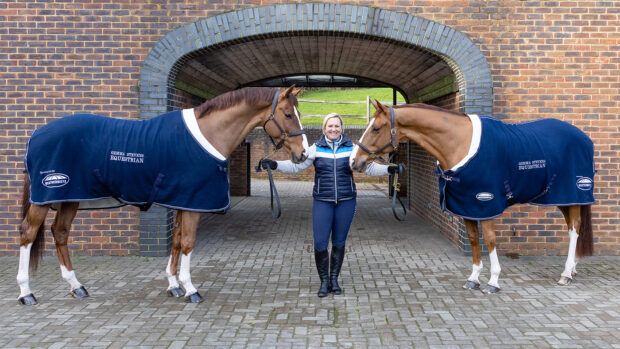
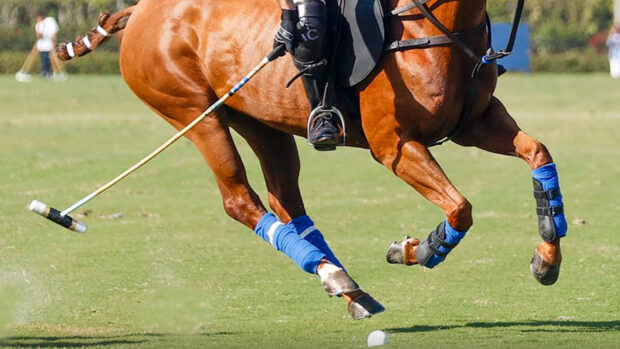
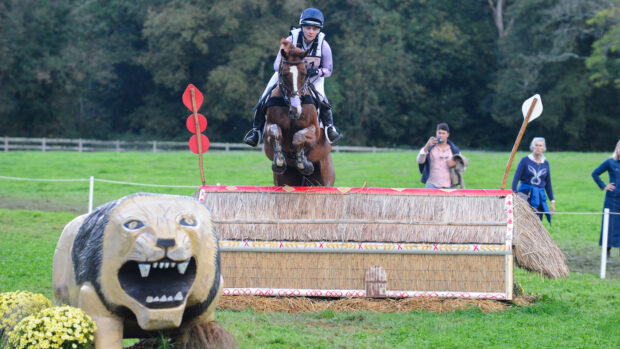


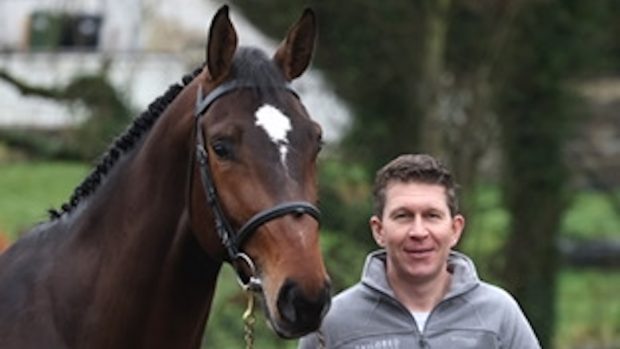

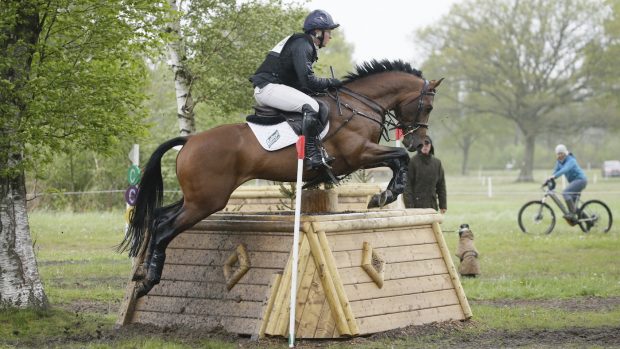
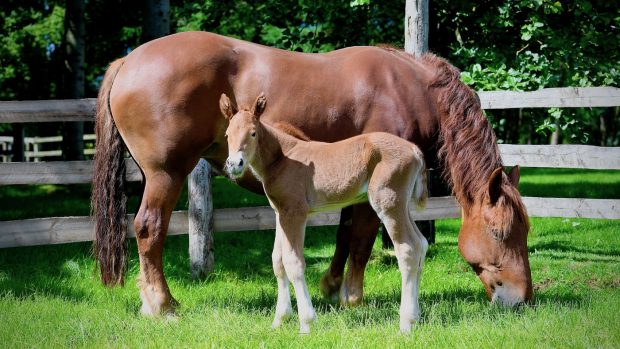
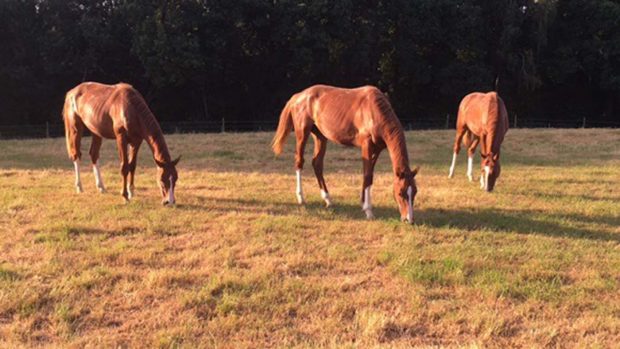




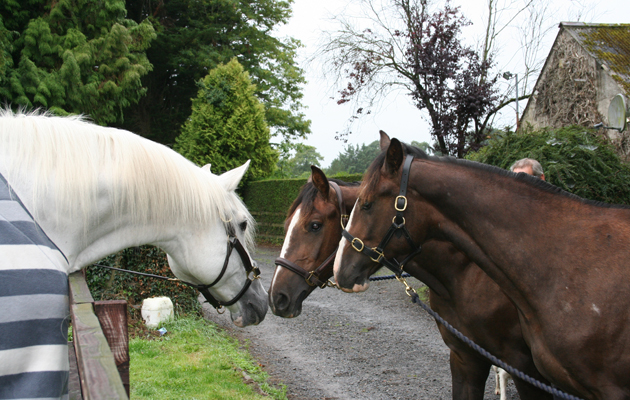



 Following the exclusive news in today's Horse & Hound magazine that Tamarillo has a clone, watch a video of the foal at 6 weeks of age
Following the exclusive news in today's Horse & Hound magazine that Tamarillo has a clone, watch a video of the foal at 6 weeks of age